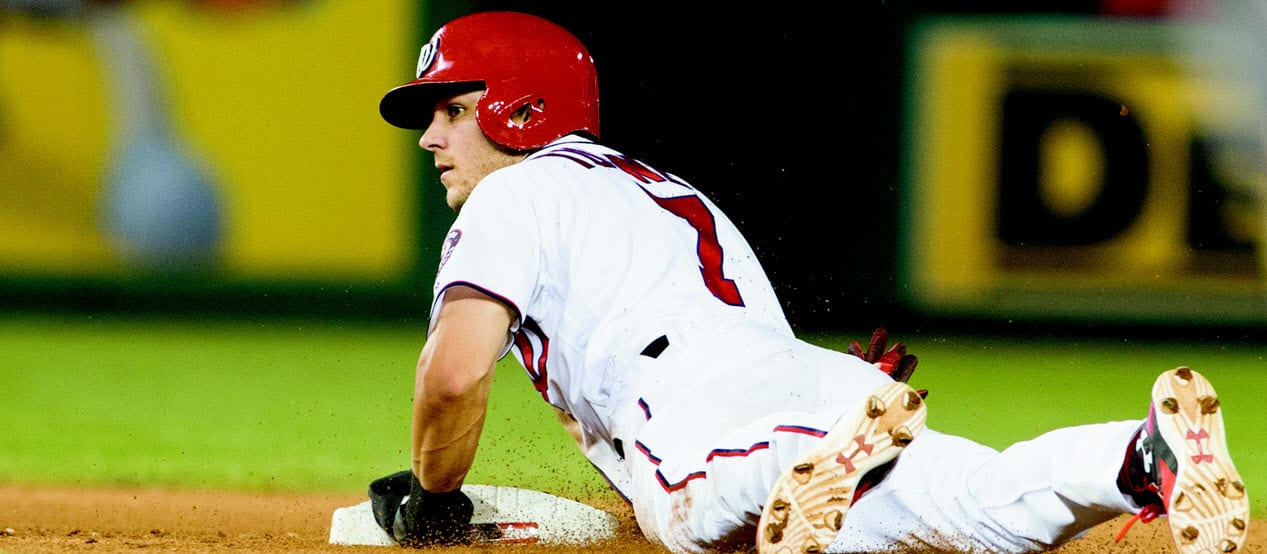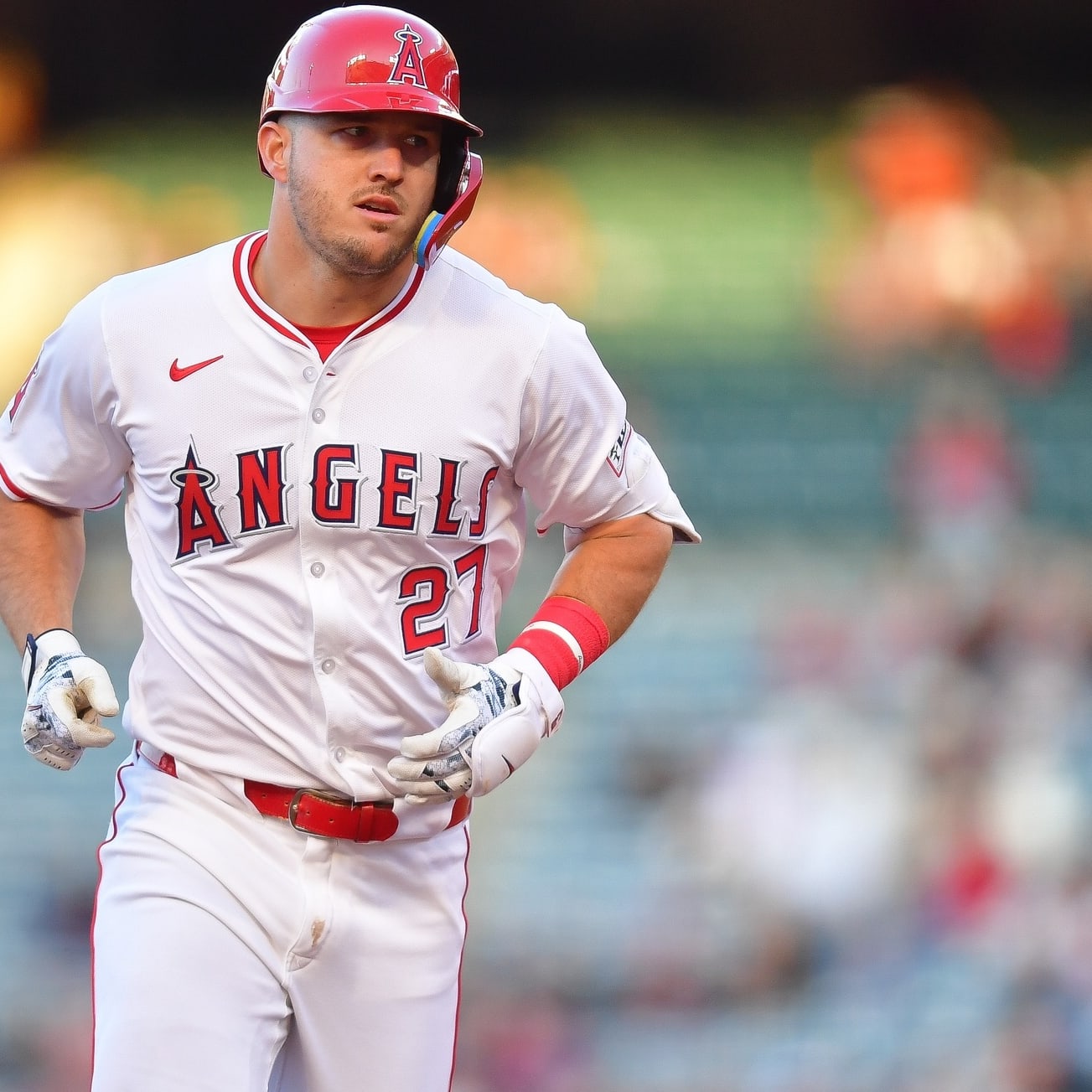This article is part of our The Z Files series.
Instead, I'm going to walk you through an exercise I do before my auction leagues. Please note, this is only apropos for redraft leagues. Keeper leagues are their own animal, one which I will discuss next week.
One of the charms of auctions is that no two are alike. Each takes on the personality of the room, shaped by the order of nominations. Even something as innocuous as the timing of breaks could influence the outcome, as the participants take stock of their squad, likely acquainting themselves with their competitors' squads, noting who needs what and how much everyone has to spend. This may seem like something everyone should be routinely doing, but even if you use draft software to help in this regard, it's easy to become so focused on your roster, you'll overlook some nuance on another club that could affect what you're doing.
A problem with dissecting an auction is it's a sample of one. As just stated, all auctions will be different. The key to keep in the back of your mind is that I'm attempting to identify what might be a trend, with an eye on how to exploit is
Instead, I'm going to walk you through an exercise I do before my auction leagues. Please note, this is only apropos for redraft leagues. Keeper leagues are their own animal, one which I will discuss next week.
One of the charms of auctions is that no two are alike. Each takes on the personality of the room, shaped by the order of nominations. Even something as innocuous as the timing of breaks could influence the outcome, as the participants take stock of their squad, likely acquainting themselves with their competitors' squads, noting who needs what and how much everyone has to spend. This may seem like something everyone should be routinely doing, but even if you use draft software to help in this regard, it's easy to become so focused on your roster, you'll overlook some nuance on another club that could affect what you're doing.
A problem with dissecting an auction is it's a sample of one. As just stated, all auctions will be different. The key to keep in the back of your mind is that I'm attempting to identify what might be a trend, with an eye on how to exploit is if the same scenario present itself again. I'm not looking at individual player prices, but rather how subsets of players are priced. After going through what I'm about to describe, I'll look at things from a more granular level. Specifically, I'll look at starting pitchers versus closers and how speed is treated by the market.
The model leagues are the recent American and National League LABR (League of Alternative Baseball Reality) auctions. I'll do the same with the upcoming Tout Wars auctions, all in preparation for my NFBC (National Fantasy Baseball Championship) American and National League Las Vegas auctions.
The analysis involves nothing more than counting. I look at how many hitters and pitchers were purchased in various price ranges to help guide my tiered approach discussed in the linked column above. The numbers purchased are compared to those projected to fall in that range, as sourced by RotoWire, BaseballHQ and Mastersball expected pricing. Both leagues landed at the same 69:31 hitting to pitching split experienced the past several seasons, so that's the split of choice when generating the three price lists.
The two trends present in just about every auction are that top tier players sell for more than projected, and there are more endgame players – defined as selling between $1 and $3 – purchased than projected. Ultimately, I'm hoping to glean the efficacy of paying for elite pitching. If something else comes of the analysis, bonus!
American League LABR Hitters
| Price | LABR | RW | BBHQ | MB |
| 41+ | 1 | 0 | 1 | 1 |
| 36-40 | 1 | 2 | 2 | 1 |
| 31-35 | 7 | 5 | 3 | 3 |
| 26-30 | 15 | 10 | 8 | 8 |
| 21-25 | 10 | 13 | 15 | 18 |
| 16-20 | 23 | 27 | 23 | 26 |
| 11-15 | 33 | 33 | 35 | 44 |
| 7-10 | 25 | 27 | 29 | 24 |
| 4-6 | 19 | 30 | 25 | 11 |
| 1-3 | 34 | 21 | 27 | 32 |
Curiously, the top players did not sell for excessive prices. The likely reason is that the top end of the hitting pool feels deeper than normal. That is, you don't have to chase one of the very best bats, since there's a seemingly larger inventory of stud sticks to erect a foundation. What this tells me is not to enter the festivities with the mindset of waiting for a better buy. If the top guys are at or a little under their projected price, take advantage. That said, I know my NFBC competitors are likely to be more aggressive at the top.
Obviously, this is 20/20 hindsight, but look at the number of batters purchased between $26 and $35 compared to the number priced in that range. Sure enough, the room was aggressive in this tier, wanting a base of good bats. Of course, everyone has their own player evaluations, but it appears some of the best buys were on the top few hitters, before everyone started chasing the next tier down.
As expected, especially compared to the RotoWire and BaseballHQ bid prices, more players were bought in the end game than projected. Obviously, this is due to the available funds shrinking, but the lesson is that you'll usually be able to fill in your last couple of spots with players expected to turn a small profit. Hey, every little bit counts.
American League LABR Pitchers
| Price | LABR | RW | BBHQ | MB |
| 41+ | 0 | 0 | 1 | 0 |
| 36-40 | 2 | 1 | 1 | 1 |
| 31-35 | 0 | 1 | 1 | 1 |
| 26-30 | 1 | 1 | 3 | 2 |
| 21-25 | 8 | 3 | 5 | 5 |
| 16-20 | 8 | 10 | 9 | 7 |
| 11-15 | 18 | 22 | 20 | 21 |
| 7-10 | 15 | 22 | 19 | 25 |
| 4-6 | 21 | 22 | 20 | 15 |
| 1-3 | 35 | 26 | 29 | 31 |
So, I think we all know the top two hurlers. If you're comfortable spending about half your pitching budget on one arm, neither Corey Kluber nor Chris Sale sold for an outrageous amount. It appears the room bumped a few lower priced arms into the $21-$25 range, wanting a decent, but not necessarily elite, arm to serve as their first starter or closer.
Similar to hitting, the take-home lesson is not to dismiss the notion of walking away with Kluber or Sale. Granted, it would be hard to invent $80 on some combination of Jose Altuve or Mike Trout with Kluber or Sale, but at least the players came in within shouting distance of their numbers. If you're adept at finding cheaper gems, it wasn't necessary to break the bank for the best AL players.
Like with hitters, there were many more endgame pitchers than projected, again especially with RotoWire and BaseballHQ. This should buoy the confidence of those on board with buying one of the pair of aces.
National League LABR Hitters
| 0 | LABR | RW | BBHQ | MB |
| 41+ | 1 | 0 | 0 | 0 |
| 36-40 | 3 | 4 | 2 | 1 |
| 31-35 | 5 | 5 | 3 | 1 |
| 26-30 | 9 | 6 | 8 | 10 |
| 21-25 | 19 | 18 | 15 | 19 |
| 16-20 | 26 | 30 | 23 | 29 |
| 11-15 | 27 | 28 | 39 | 38 |
| 7-10 | 20 | 20 | 29 | 28 |
| 4-6 | 23 | 30 | 23 | 19 |
| 1-3 | 35 | 27 | 26 | 23 |
The Senior Circuit analysis mimics the Junior Circuit as other than Trea Turner, no hitter eclipsed the $40 plateau. It's common for only one, maybe two to be projected in that range; it's odd for both auctions to have just a single hitter break the $40 barrier, with Mike Trout joining Turner for the honors.
Based on BaseballHQ and Mastersball prices, $31-$35 was the range in which a few GMs reached to get a top bat. Buying players in the $16-$20 range appears to be the sweet spot.
The endgame held true to form, with a bunch more players getting a $1 to $3 price tag than were expected to earn in that range.
National League LABR Pitchers
| 0 | LABR | RW | BBHQ | MB |
| 41+ | 0 | 0 | 1 | 0 |
| 36-40 | 2 | 2 | 0 | 1 |
| 31-35 | 1 | 0 | 4 | 2 |
| 26-30 | 5 | 3 | 1 | 2 |
| 21-25 | 5 | 5 | 5 | 6 |
| 16-20 | 11 | 10 | 15 | 15 |
| 11-15 | 14 | 21 | 14 | 10 |
| 7-10 | 14 | 11 | 13 | 12 |
| 4-6 | 9 | 18 | 13 | 18 |
| 1-3 | 47 | 38 | 42 | 42 |
Normally, there are distinguishable trends between the two leagues, but again, the aces – in this case Clayton Kershaw and Max Scherzer – look to be more efficient buys than the next tier. Thirteen arms cost at least $21 while only 10 (RW), 11 (BBHQ) and 11 (MB) are expected to land there.
The period before the endgame is a little different as it seems everyone was looking for that last decent pitcher, as evidenced by the number of purchases in the $7 to $10 range, though many closers fell in that group.
This may seem like a lot of counting just to conclude that the top of heap in both leagues present solid buying opportunities, but the usual conclusion from this analysis (on more leagues than just LABR) is to be excruciatingly patient and allow others to overspend, at least on paper. I'm convinced the reason for this is the top-heavy nature of the 2018 inventory. Instead of there being a demand for the elite, the demand is on the next tier down. Once the supply dwindles, prices rise, and the prudent bidder waits for the inevitable market correction before jumping back in.
Something to keep in mind if you keep these observations in mind during the Tout Wars auctions, is that Tout Wars is an OBP league, though the nature of the hitting pool is similar, with a shuffling of those more adept at getting on base pushing the less patient hitters down the ranks.









